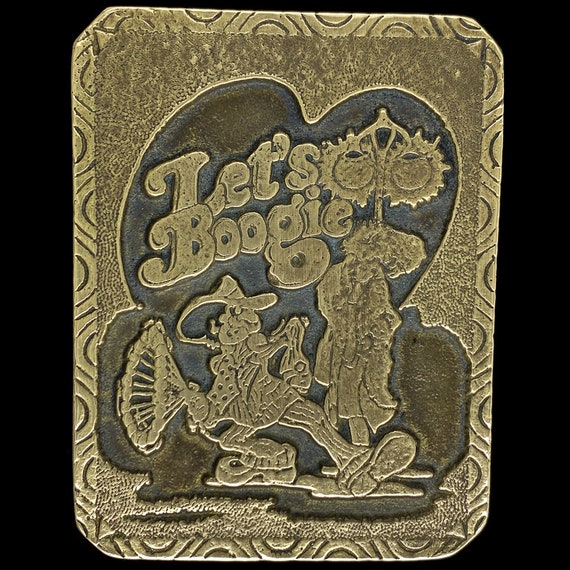
“Cliff didn’t know enough to write critical pieces for Films in Review, but he knew enough to know ‘Hiroshima Mon Amour’ was a piece of crap,” Tarantino tells us.
Late 60s fonts pimp groovy movie#
But mostly it’s about film, and most of all, it’s the stunt man Cliff who turns out to be the previously unknown hardcore movie buff. We also learn a lot about theirs - i.e., QT’s - tastes in pop music of the day, too, although the book necessarily contains just a little less KHJ than the movie, given the medium. In interior monologues, the three main characters - Cliff (portrayed on film by Brad Pitt), Rick (Leonardo DiCaprio) and Sharon Tate (Margot Robbie) - all indulge in movie criticism, in their trifurcated way all obviously channeling Tarantino’s own cinematic fetishes and biases.

A late chapter in which Cliff hangs out on a Spanish movie set with the alcoholic but still charming actor Aldo Ray, one of Tarantino’s faded-glory favorites.Īnd then there’s the flood of opinions about the movies, which are kind of like pieholes: everybody in this story has got one about seemingly every mid-level, mid-century movie or filmmaker you could think of. Further chapters that retell the “Lancer” series’ cowboy backstory mythology as if Tarantino were recapping real 19th century events - yes, it’s a mini-novelization-within-a-novelization.
Late 60s fonts pimp groovy tv#
If you’re wondering what the book has that the movie didn’t - besides a solution to the mystery of whether Cliff Booth actually murdered his wife in cold blood (and yes, it does answer that more on this later) - start here: It has no fewer than six pages (count ’em!) devoted to the now largely forgotten late 1960s erotic art movie “I Am Curious (Yellow).” A much more compact two pages about the suspense-building technique of Roman Polanski in “Rosemary’s Baby.” An entire chapter recounting the career of real-life “Lancer” Western TV star James Stacy. Real-life film lore and criticism make up a substantially larger portion of the novel. Part of the fun of the film was how much pulp non-fiction Tarantino weaved into the made-up stuff. But if you’re the kind of film lover who feels like you have a dog in the hunt when somebody tries to start a bar fight about whether there might have been a better leading actor for “Vanishing Point” than Barry Newman (as Tarantino does here), or if you’re apt to chuckle even the third time a character refers to “that prick Jennings Lang,” then this might be the best kind of dirty book. It’s definitely not for everybody… not even everybody who loved the film. Let that intrigue or daunt you as it may, as you decide whether or not to plunk down $7.48 (the very reasonable Amazon going rate, at press time) for a book that’s been deliberately designed to resemble something that would have sat on a rusting metal rack in a drugstore in the ’70s. The end result is not so much like reliving the movie on the page - although the book does have a few scenes in which the dialogue and descriptive beats are transcribed note-for-note from the screenplay - as much as a catalog of constant diversions that’s like being locked inside the New Beverly for a week with Pauline Kael, Harry Knowles and Leonard Maltin. You’ll know this trade-paperback novelization is cineaste-populist porn when you see it. This week saw the arrival of “Once Upon a Time in Hollywood,” the 400-page book, as his epic Penthouse Forum Letter to cinema. But it’s now clear just how insufficient a mere mash note to the movies was for Tarantino.

“A love letter to cinema” was the tired-but-true trope that everyone trotted out when Quentin Tarantino’s “ Once Upon a Time in Hollywood,” the movie, hit theaters two years ago.


 0 kommentar(er)
0 kommentar(er)
